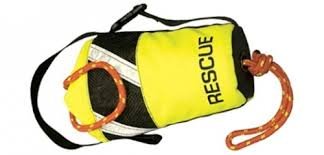Al
Guru
- Joined
- Apr 1, 2012
- Messages
- 2,206
- Location
- usa
- Vessel Name
- 'SLO'~BELLE
- Vessel Make
- 1978 Marben-27' Flybridge Trawler(extended to 30 feet) Pilothouse Pocket Cruiser[
Greetings to the Forum:
To day, after pressure washing the boat, I noticed the throw ring lines were in a state of disarray. Ahaa I thought, I’d ask the TF for ideas on stowing the attached line. Currently I have them coiled and strapped to the fly bridge rail. Given a need to toss, I suspect lines would be fouled. They were as I gathered them up to remove from the boat to clean. How do you stow your throw devise?
Thanks,
Al-Ketchikan 27' Marben Pocket CRUISER
To day, after pressure washing the boat, I noticed the throw ring lines were in a state of disarray. Ahaa I thought, I’d ask the TF for ideas on stowing the attached line. Currently I have them coiled and strapped to the fly bridge rail. Given a need to toss, I suspect lines would be fouled. They were as I gathered them up to remove from the boat to clean. How do you stow your throw devise?
Thanks,
Al-Ketchikan 27' Marben Pocket CRUISER



